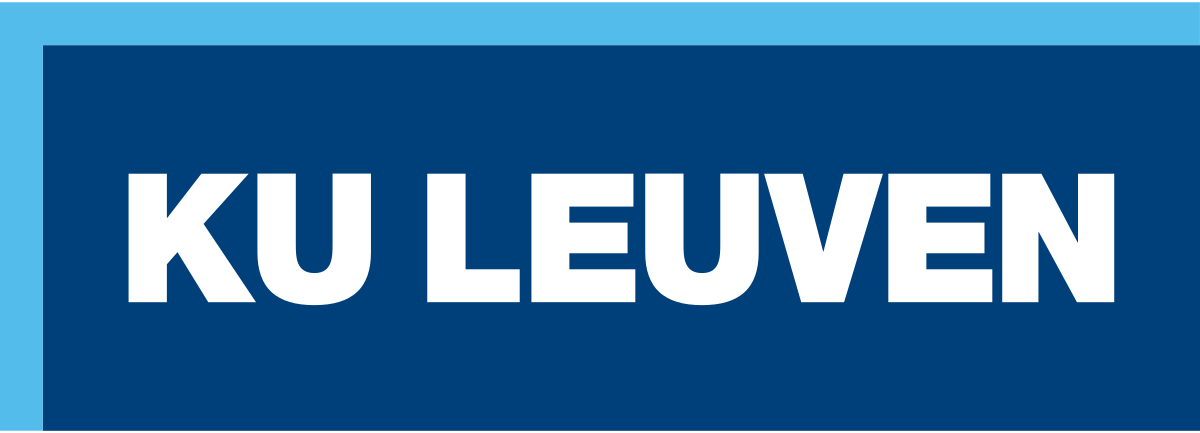Screening Tool Developed To Identify Undesirable Behavior At Work Better And Faster
Cross-border behavior at work has a major impact, in the first place on the victim, but also on the professional environment and the entire organization. The existing methods are not always sufficient to quickly identify and tackle problematic, undesirable behaviour. The new online screening tool CHAT, developed at KU Leuven, aims to equip organizations better for this.
In the Flemish workplace, 2.4 percent of employees are victims of serious bullying. Sporadic harassment affects nearly 15 percent of employees. This 2022 analysis shows a slight improvement over the pre-COVID-19 situation. KU Leuven researchers Elfi Baillien (Work and Organization Studies) and Hans De Witte (Work, Organizational and Personnel Psychology) established this together with Guy Notelaers (University of Bergen, Norway) in a measurement of more than 16,000 employees from 78 organisations.
The main reason for bullying at work appears to be ‘qualitative job insecurity’. Employees fear that job content and working conditions will deteriorate or are unsure about cooperation with colleagues and managers. This uncertainty contributes to a stressful and competitive work environment that encourages bullying and makes it difficult to address such undesirable behaviour.
Other important risk factors are strong differences of opinion between employees, high work pressure and passive managers who do not intervene or intervene insufficiently. “So harassment does not just happen,” says Professor Baillien, who specializes in well-being at work. “The main drivers of undesirable behavior can certainly be found in the work context. Organizations that want to work on a healthy psychosocial climate must therefore try to identify these risk factors quickly.”
More time for policy and follow-up
Employers are legally obliged to carry out a psychosocial risk analysis and to set up a preventive policy. In practice, this involves very extensive surveys that cost a lot of time and money, which is certainly not obvious for small and medium-sized companies.
“This whole process of querying, processing and reporting takes several months,” explains Elfi Baillien. “In this way, valuable time is lost in which the situation can change completely and possibly escalate. If we can accelerate that process, organizations will have more time and resources for policy and follow-up.”
With CHAT we want to better equip organisations, especially smaller companies, to keep a finger on the pulse and to intervene more quickly if necessary.
Elfi Baillien (Work and Organization Studies)
So Baillien and her colleagues developed the Combat Harassment Tool , CHAT for short. The survey, which is conducted entirely digitally, has been scientifically validated and screens the main risk factors of inappropriate behavior at work. An automatically generated feedback report gives the employer a better picture of the social climate within a certain group of employees: the presence of violence, bullying and sexually transgressive behaviour, but also the type of perpetrator and possible burnout complaints caused by the undesirable behaviour.
Accessible, fast and anonymous
“With CHAT, we want to better equip organisations, especially smaller companies, to keep a finger on the pulse and to intervene more quickly if necessary,” says Professor Baillien. “It is accessible, fast and anonymous. The feedback report can serve as a basis for discussing certain undesirable behavior and taking the necessary actions, ideally in collaboration with a prevention advisor or other field expert.”

